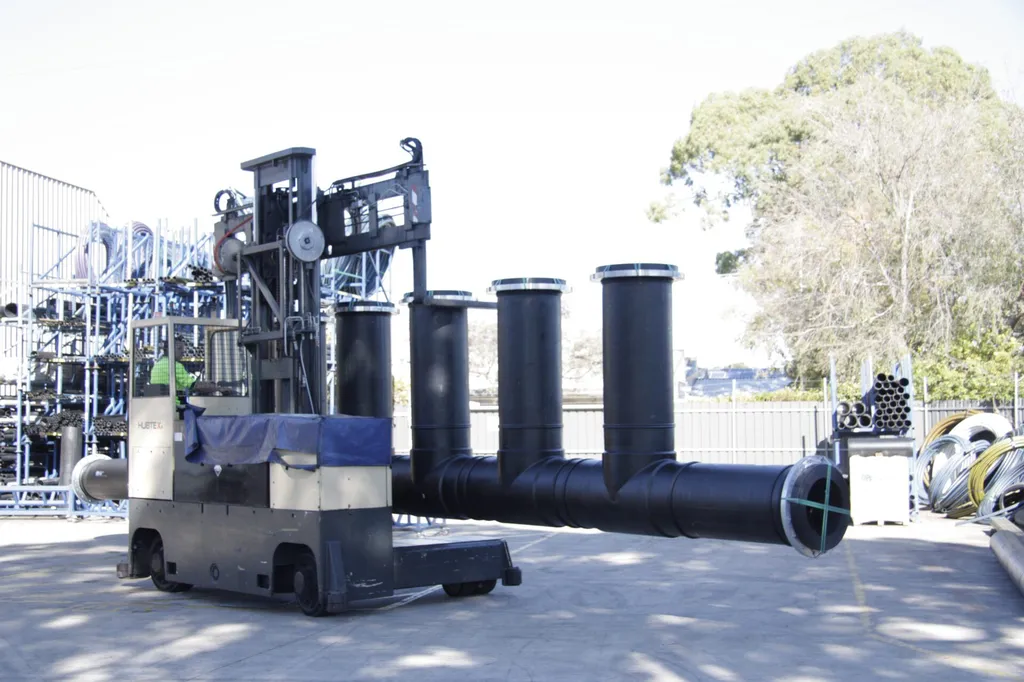In the world of energy infrastructure, the reliability of piping systems is paramount. High-density polyethylene (HDPE) pipes have gained traction for their corrosion resistance, flexibility, and cost-effectiveness, but the integrity of their joints remains a critical concern. A recent study published in the journal “Polymer Testing” and led by Ahmed I. Alhatti from the Emirates Nuclear Technology Center (ENTC) at Khalifa University in Abu Dhabi, sheds light on the advancements in butt fusion jointing (BFJ) of HDPE pipes, offering a comprehensive review of fusion conditions and joint integrity assessment techniques.
The study underscores the importance of optimizing fusion parameters such as temperature, interfacial pressure, and heating/cooling durations to ensure robust polymer chain interdiffusion and joint strength. “Understanding these fundamental parameters is crucial for creating reliable joints that can withstand operational stresses and environmental conditions,” Alhatti explains. The research also highlights the need for harmonized global guidelines, as current standards vary in their recommendations.
One of the key contributions of this review is the critical evaluation of joint integrity testing methods. Traditional methods like short-term tensile and impact assessments have their limitations, and the study explores emerging approaches such as tapered-waist tensile (TWT) specimens and hydro-axial tension (HAT) tests. These new methods offer a more comprehensive evaluation of joint integrity, addressing the shortcomings of existing techniques.
The implications for the energy sector are significant. Reliable HDPE piping systems are essential for a range of applications, from municipal water and gas networks to nuclear power plant piping. By advancing the understanding and techniques of butt fusion jointing, this research paves the way for more reliable and cost-effective piping solutions. “The development of reliable qualification and testing methods is pivotal for advancing BFJ performance,” Alhatti notes, highlighting the need for further research in real-time joint monitoring and adaptive multi-stage pressure protocols.
As the energy sector continues to evolve, the demand for durable and efficient piping systems will only grow. This research not only provides a unified guideline for butt fusion jointing of HDPE pipes but also identifies critical research gaps that need to be addressed to ensure the long-term reliability of these systems. By fostering globally standardized, next-generation HDPE pipelines, this study contributes to the ongoing efforts to enhance the safety and efficiency of energy infrastructure worldwide.

